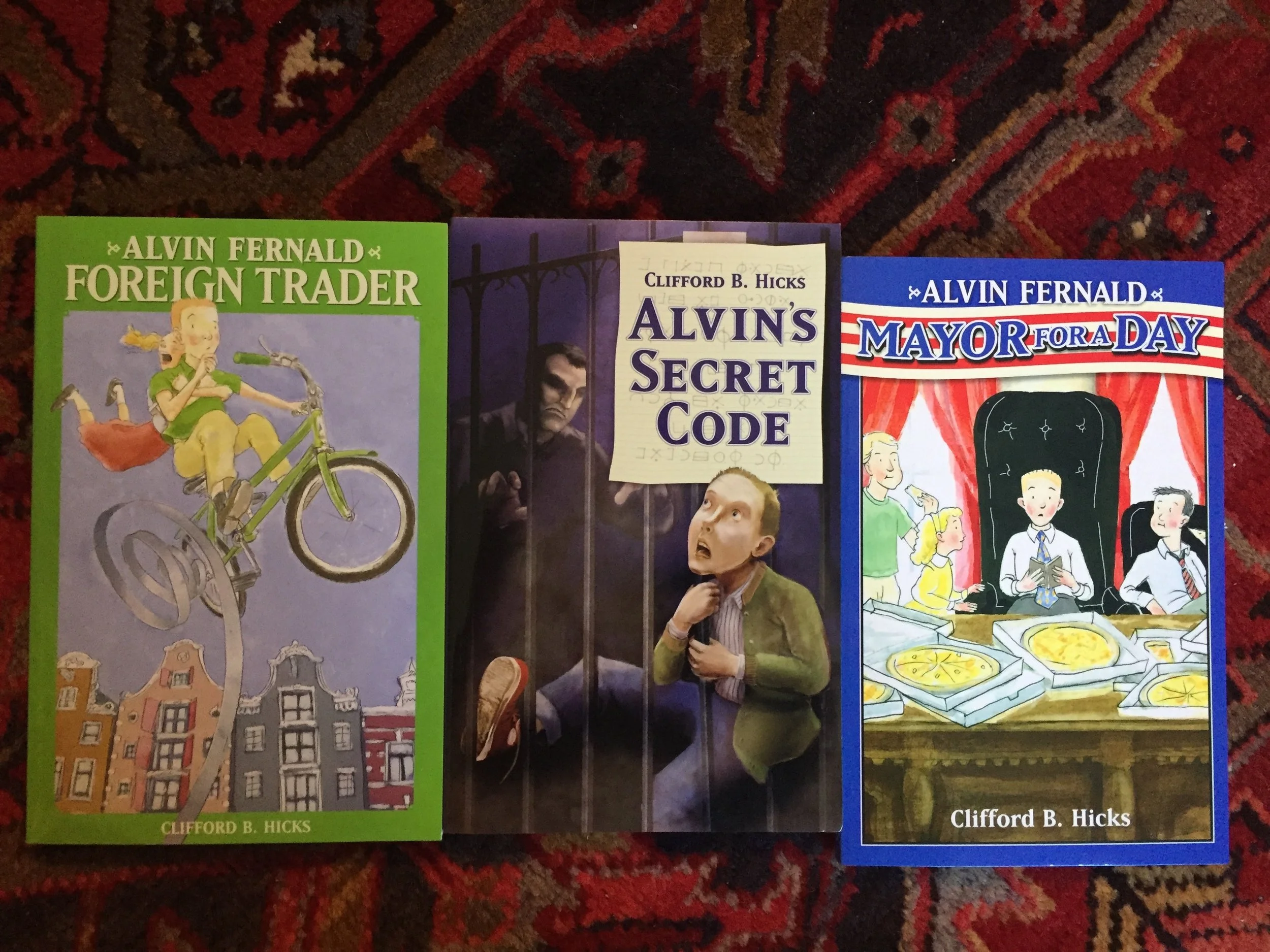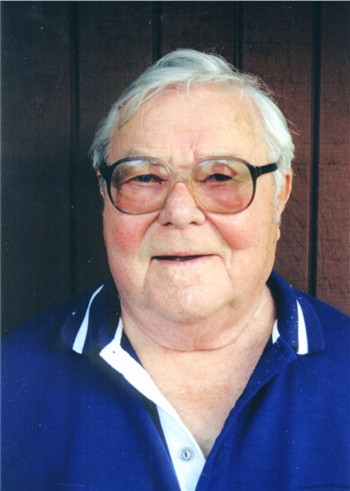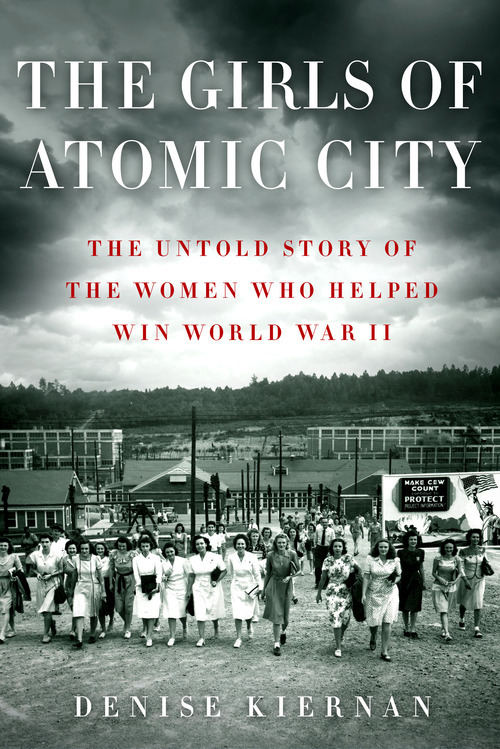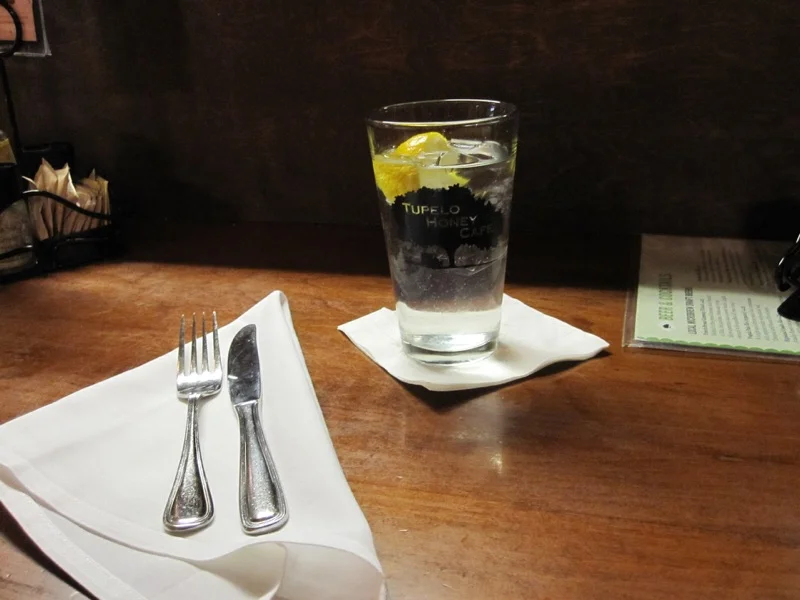When I was a kid, I was obsessed with the books of a children’s book author named Clifford B. Hicks. Among other books, he wrote a series of books about a kid named Alvin Fernald, who was sort of the MacGyver of the kid world. With a toothpick, a piece of string, and leftover jelly sandwich, Alvin could build a contraption to save the world.
Each book was constructed around a central mystery that took place in Alvin’s small, semi-suburban town in the American midwest. Alvin tackled issues that seem so grown-up in retrospect, but Hicks somehow managed to make them seem “safe” and accessible to kids: corruption in city hall, kidnapping and extortion, stolen industrial plans, and water pollution. Always, in the end, Alvin managed to save the day with the help of his pal Shoie, his kid sister Daphne (aka the Pest), and an arsenal of kooky inventions.
These books enchanted me. More than anything, they seemed to radiate a gentler, more affectionate tone than many of the other books I was reading at the time. The Alvin stories were longer and more sustained than the Encyclopedia Brown mysteries.
Alvin’s world of the ‘60s and ‘70s seemed more modern and realistic than the world of the Hardy Boys’. And unlike the Hardy and Nancy Drew books, the Alvin series was written by a single, real-life author, not a committee of ghostwriters. Hicks seemed to care deeply about the little town of Riverton, Indiana, he’d created, and even cared about the quite serious issues he was writing about. The Wonderful World of Disney, the old Sunday night TV series, once adapted one of the books and brought Alvin to a wider audience.
The books inspired me to try to build my own inventions. They were the first books I ever asked a local bookstore to special order for me. After finally locating the seminal book in the series, The Marvelous Inventions of Alvin Fernald (1960), I set about creating my own inventions, just like Alvin, using items from my carefully assembled “inventing box.” You’ll be relieved to know that nothing I ever created has ever made it to the U.S. Patent Office. There’s a reason I’m a writer and not an engineer.
Once, in the mid-1970s, I wrote to the author in care of his publisher (Scholastic pubbed the paperbacks). “Can you send me the plans to a Sure-Shot Paper Slinger?” I inquired. I told him that my brothers and I had a newspaper route, just like Alvin, and that we would love to be able to shoot rolled-up newspapers from the rear of our bicycles onto a customer’s lawn.
To my delight, Hicks wrote back from his home outside Chicago:
“Gosh, Joe, I’m sorry I can’t tell you how to build [one]…When I was a kid, my friends and I made up almost all the other inventions, but I just dreamed up the Paper Slinger without ever building one. If Alvin is clever enough to build it, I’ll bet you are too, Joe! Let me know when you make it work. CBH”
I was over-the-moon-amazed to receive a response from Hicks. It was the first time I’d ever gotten a letter from an author. I have carefully preserved it all these years.
Years later, when I myself was working as an editor at Scholastic, I tried to locate fresh copies of the books and was surprised to find that they were out of print. That bowled me over. If kids were flipping over Harry Potter, why wouldn’t a publisher like my own employer reissue books that followed in a similar vein, about plucky kids with unusual talents who saved the day?
A little digging revealed that the Alvin series ended abruptly in the mid-eighties with the publication of Alvin Fernald, Master of a Thousand Disguises. Used books proliferated on the Internet, with diehard fans rhapsodizing about how much they enjoyed them. Clearly, I was not alone in my affection. Here are some of the tributes, er, reviews I located on Amazon:
“I am 45 years old...my 44-year old-brother came over and talked about how this book changed his life. He read it as a kid and became an inventor of sorts himself...a perpetual tinkerer.”
“The Alvin books were my favorites as a kid. I checked them out from the library repeatedly and devoured them. As a 10 year old, I wanted to hang out with Alvin and Shoie. The books are full of laughs, adventure, and great storytelling. They take us back to small town America, before kids had to deal with grownup problems. If you have a kid, buy this book for him. Buy it used, buy it on eBay, buy it at a used bookstore!”
“When I was about 11 years old, I read many of Alvin’s adventure stories. This book in particular inspired my imagination. I have vivid memories of trying to copy Alvin's inventions! One summer while staying at my grandparents’ camp, I rigged a security device similar to the one in the book so that no one could enter my bedroom. I have been looking for this book for a very long time, as I seem to have lost my copy. It thrills me that these books are listed by Amazon. This book is without a doubt my favourite and I would love to share it with my daughter.”
Some years later, I read that two small publishers were beginning to bring out the old books. I found a website put up by the author’s son and discovered that Clifford Hicks was not only alive and well—now in his late eighties—but living not far from where I’d once lived in the mountains of North Carolina!
I wrote a second fan letter—thirty years after the first one. I told Hicks that I’d lived for a short time in his neck of the woods, but had moved away, and was now thinking of moving back. A few weeks later I received an email in my inbox. The voice was the same as I remembered from childhood: warm, avuncular, friendly.
“Hi, Joe!
What a lift your letter gave me! I’m delighted, and proud, that you liked my Alvin books so much that you were inspired to become Alvin Fernald.
When I was about 12 years old I became enamored of the Tarzan books, and quite definitely made up my mind to run away from home, go to Africa, and learn to swing from the trees. My three sons have known of this dream for years, and a few days ago one of them gave me a copy of Tarzan of the Apes that he located on the Internet. With some regret I turned the last page of that book this afternoon, just before writing this note to you. The book was just as exciting as it was the first time I read it. A magnificent story—but badly written!
...
In any case it’s incredible that you kept my letter all these years, dragged it to college with you, and still have it.
…
In a way, I’m flattered that you went into journalism, Joe. You can’t keep me hanging like this. Send me a list of your children’s books, including the one the illustrator is currently working on. Here we are, our paths crossing at least twice in our lives, yet separated by only 20 miles.
…
Come back to Hendersonville, Joe, so we can actually meet…I’ll never answer another reader’s letter without thinking of you!
I finally did move back. Hicks and I exchanged a few emails but kept postponing our meeting. He was ill for a little while, then entered rehab. He phoned one day to apologize for not being able to meet. And then, before I knew it, he passed away in September of 2010. I was deeply saddened to hear of his passing. He was 90 years old.
Mr. Hicks
I see that you can still link to his old website via the Wayback Machine. I bought a couple of the newly reissued books for one of my nephews, who loved them. The Alvin books marked a turning point in my life as a reader. They were among the last kids’ books I read before making the switch to predominantly books written for adults. In a sense they were the literary dividing line between the adult and the kid world. Hicks’s stories whetted my appetite for mysteries in general. And you could say that when I was through reading his books, I was well prepared for the larger world of adult mystery fiction.
But, as it turns out, I’m not through with Alvin Fernald. The year before he left us, Hicks published a brand-new Alvin Fernald book, entitled Alvin Fernald’s Incredible Buried Treasure. That title rounds out the Fernald books to a perfect 10. I think of it as a parting gift from the magical Mr. Hicks. And I can’t wait to dig in.
2019 Update: This post appeared on my old blog on August 26, 2011. I’ve since located a couple of other articles about Hicks and his work, here and here. Frankly, the books are still a challenge to find. Amazon carries four or five of the new reissues, but you need to dig for used copies to read the others.
Yes, I am trying to post here more often. Thank you for noticing. If you want to sign up for my newsletter and claim your free ebook, go here. Thanks — Joseph D’Agnese









